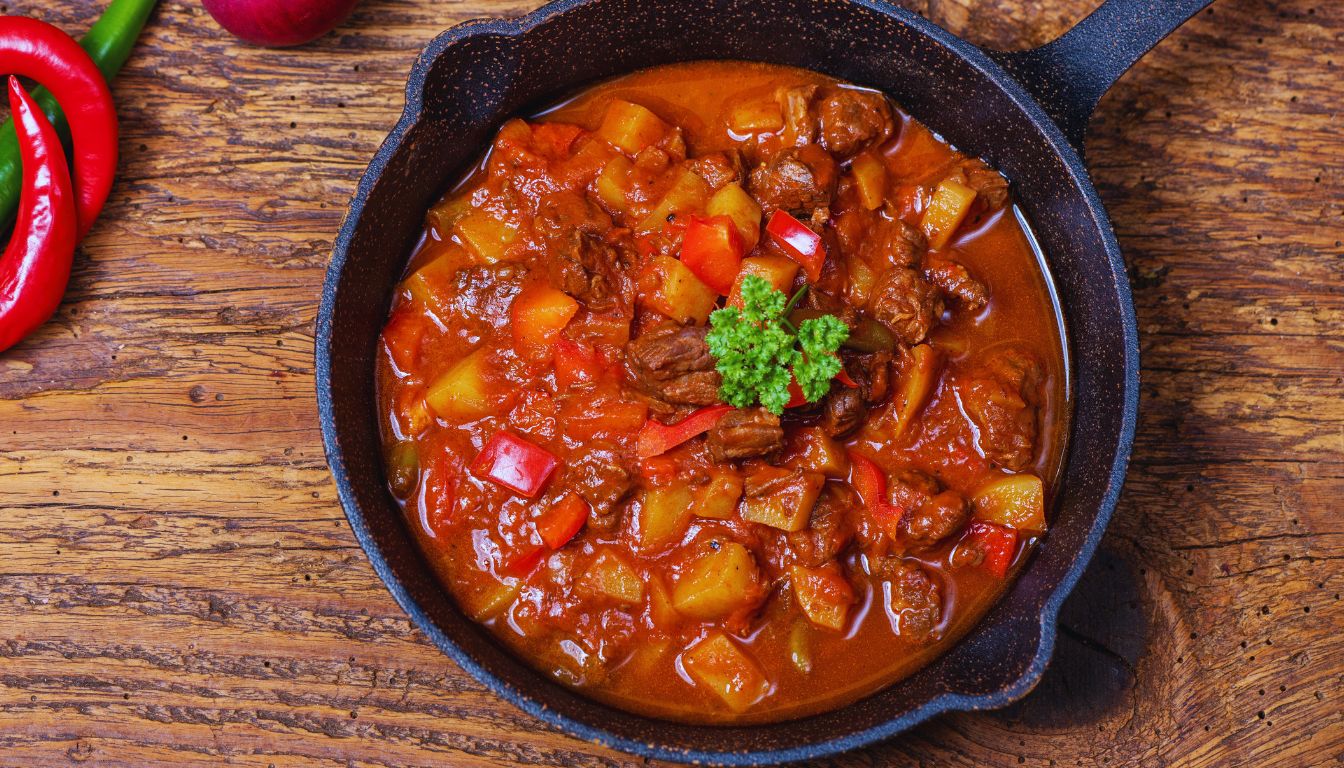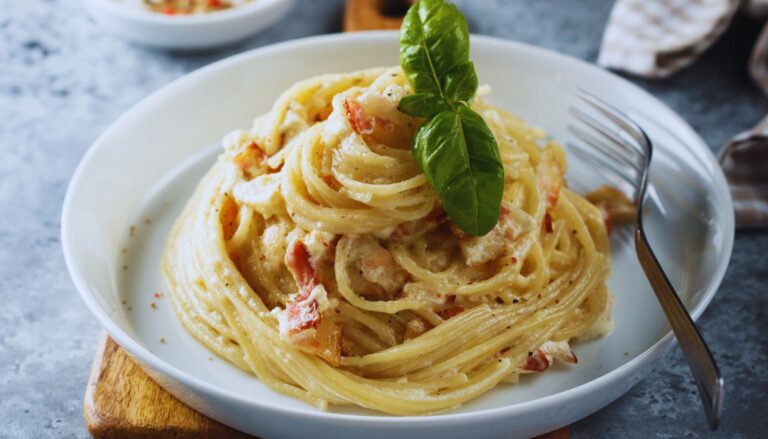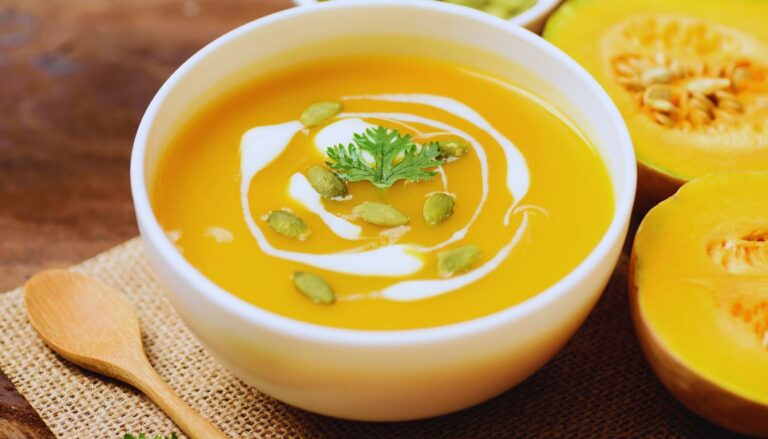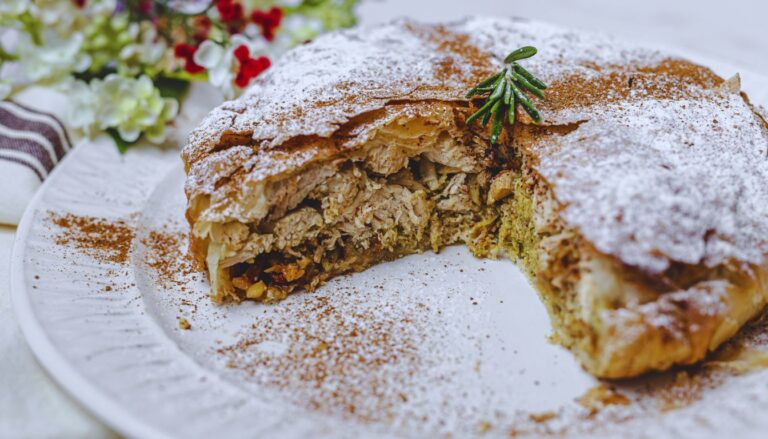Gulyás, Budapest Hungary
In the heart of Budapest, where the Danube River gracefully divides Buda from Pest, a hearty aroma wafts through the air, telling stories of Hungary’s pastoral heritage. Gulyás (goo-yash), often misinterpreted as merely a soup or stew abroad, stands as a proud symbol of Hungarian culinary identity. This robust dish, with its rich paprika-tinted broth, tender meat, and vibrant vegetables, embodies the soul of Magyar cuisine and the enduring spirit of the Hungarian plains.
Table of Contents
Origins and History
The story of Gulyás begins on the vast Hungarian Great Plains (Puszta) in the 9th century. The name derives from the gulyás (cowboys) who herded cattle across the plains and prepared this hearty dish in cast-iron kettles (bogrács) over open fires. Originally a simple meat soup, it served as sustenance for these nomadic herdsmen during their long journeys.
During the 19th century, as Hungarian nationalism rose, Gulyás transformed from a humble shepherd’s meal into a symbol of national identity. The dish gained international recognition during the Austro-Hungarian Empire, though many foreign interpretations strayed from its authentic roots.
Cultural Significance
Gulyás represents more than just sustenance in Hungarian culture:
- National Pride:
- Symbol of Hungarian independence and cultural identity
- Represents resistance to Austrian cultural dominance
- Featured in national celebrations and festivals
- Social Bonding:
- Central to family gatherings and community events
- Traditional cooking competitions
- Outdoor cooking traditions
- Cultural Heritage:
- UNESCO-recognized element of Hungarian cuisine
- Part of the country’s intangible cultural heritage
- Symbol of pastoral traditions and lifestyle
Ingredients and Preparation
The authentic Gulyás requires specific ingredients and preparation methods:
Essential Ingredients:
- Beef (shoulder or shank)
- Hungarian paprika (sweet)
- Caraway seeds
- Yellow onions
- Garlic
- Carrots
- Parsnips
- Celery root
- Potatoes
- Green peppers
- Tomatoes
- Csipetke (pinched noodles)
Traditional Preparation Method:
- Dice onions and sauté until golden
- Add cubed beef and brown lightly
- Remove from heat and add paprika
- Add caraway seeds and garlic
- Cover with water and simmer slowly
- Add diced vegetables in stages
- Prepare and add csipetke
- Simmer until meat is tender (about 1.5-2 hours)
Where to Try It
Notable Establishments:
- Baltazár Budapest
- Located in the Castle District
- Traditional preparation methods
- Historic setting
- Signature Style: Slow-cooked beef with homemade csipetke
- Stand25 Bisztró
- Modern interpretation of classics
- Michelin-recommended
- Seasonal ingredients
- Known For: Perfectly balanced spices
- Százéves Restaurant
- One of Budapest’s oldest restaurants
- Traditional recipe since 1831
- Historic atmosphere
- Highlight: Family recipes passed down generations
- Kispiac Bisztró
- Local favorite
- Market-fresh ingredients
- Homestyle cooking
- Special: Daily-made fresh bread
Neighborhood Recommendations:
- Castle District:
- Historic heart of Buda
- Try: Baltazár Budapest
- Local Tip: Visit during off-peak hours
- Combine with sightseeing
- District V:
- Central location near Parliament
- Try: Stand25 Bisztró
- Local Tip: Advance reservations required
- Many traditional restaurants
- District VII:
- Jewish Quarter
- Try: Kispiac Bisztró
- Local Tip: Popular with locals for lunch
- Authentic neighborhood atmosphere
- District VIII:
- Emerging culinary scene
- Try: Csarnok Vendéglő
- Local Tip: Best value for money
- Off the tourist track
Eating Etiquette and Customs
Understanding Hungarian dining customs enhances the experience:
- Serving Traditions:
- Served piping hot in deep bowls
- Bread is essential accompaniment
- Additional paprika or hot peppers available on request
- Eating Techniques:
- Use spoon and fork
- Sip broth first
- Break bread into bite-sized pieces
- Customize heat level with additional paprika
Seasonal Considerations
While Gulyás is enjoyed year-round, seasonal factors affect the experience:
- Peak Season: Autumn and Winter
- Perfect for cold weather comfort
- Traditional outdoor cooking in summer
- Seasonal vegetables affect flavor profile
- Special Events:
- Gulyás festivals in September
- Christmas markets in winter
- Summer outdoor cooking events
- Agricultural fairs
Modern Interpretations
Contemporary Budapest chefs respect tradition while offering subtle innovations:
- Premium meat selections
- Vegetable variations based on seasonality
- Alternative meat options (game, lamb)
- Elegant plating for fine dining
- Vegetarian adaptations (though not traditional)
Practical Information and Travel Tips
For an authentic Gulyás experience:
- Timing:
- Lunch service: 11:30 AM – 2:30 PM
- Dinner service: 6:00 PM – 10:00 PM
- Many restaurants closed on Mondays
- Price Range:
- Traditional restaurants: 2,500-4,000 HUF
- Fine dining venues: 4,000-6,000 HUF
- Cultural Tips:
- Learn basic Hungarian pronunciations
- Respect traditional preparation methods
- Ask locals for recommendations
- Location Strategy:
- Stay in Districts I, V, or VII for best access
- Consider proximity to major sites
- Use public transport for reaching authentic spots
- Reservations:
- Essential for popular restaurants
- Book at least one day ahead
- Many restaurants offer online booking
Making Your Gulyás Journey Memorable
Embrace the soul-warming tradition of Hungarian Gulyás by seeking out authentic establishments, engaging with local chefs, and understanding its deep cultural roots. Remember that each steaming bowl carries centuries of history and tradition. Take time to appreciate the careful balance of spices and the tender meat that makes this dish a national treasure of Hungary.













